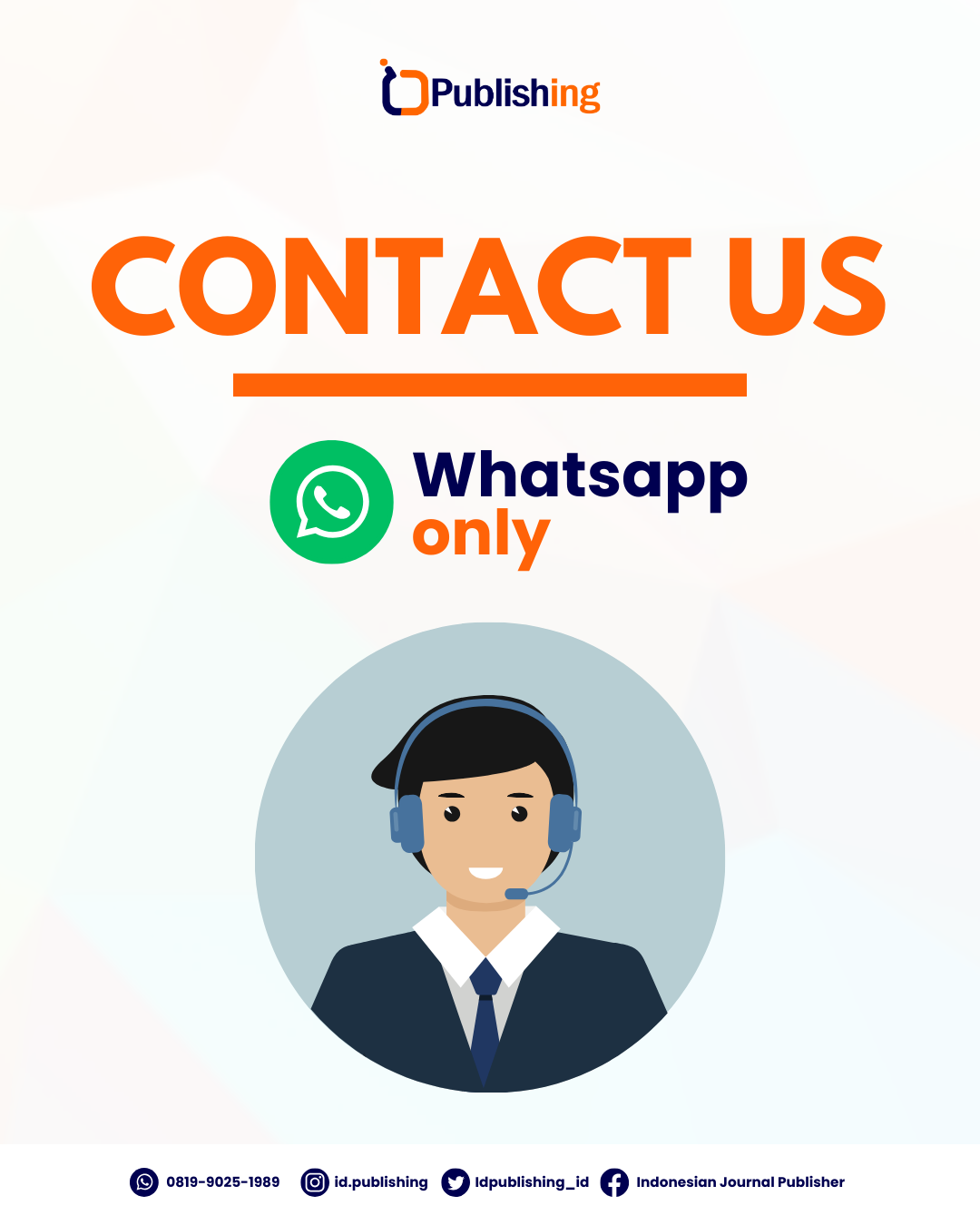Architectural Peculiarities of the Structure of Technoparks and Technopolises
DOI:
https://doi.org/10.47134/scbmej.v1i2.2350Keywords:
Technopark, Technopolis, Architecture, Economic Benefits of ArchitectureAbstract
This research aims to explore the architectural features that define modern technoparks and technopolises as innovative hubs for knowledge-based industries worldwide. By analyzing various case studies from leading global centers, we seek to identify commonalities in design principles, spatial organization, and urban planning strategies that contribute to their success as catalysts for technological advancement and economic growth. Through a comprehensive analysis of diverse case studies, this study identifies recurring design principles, spatial arrangements, and urban planning methodologies that underpin their efficacy as drivers of technological progress and prosperity. The methodology involves an in-depth examination of case studies from prominent technoparks and technopolises worldwide. Analysis is conducted to identify recurring patterns in architectural design, spatial organization, and urban planning strategies. By synthesizing findings from these case studies, this research elucidates the critical factors shaping the architectural landscape of technoparks and technopolises. The results highlight the importance of functionality, aesthetics, and sustainability in architectural design to foster collaboration, creativity, and innovation within these complexes. Spatial organization prioritizes connectivity and accessibility, facilitating interaction among stakeholders and promoting a conducive environment for knowledge exchange and interdisciplinary collaboration. Furthermore, integration of amenities such as green spaces and mixed-use developments enhances the quality of life for occupants and contributes to the overall vibrancy of these innovation clusters. In conclusion, the architectural peculiarities of technoparks and technopolises play a significant role in shaping their identity as catalysts for technological advancement and economic prosperity. Understanding these architectural features provides valuable insights for policymakers, urban planners, and architectural practitioners to strategically plan and sustainably develop technologically-driven urban environments. Leveraging design innovation can cultivate vibrant innovation ecosystems, propelling societies towards a more sustainable and knowledge-driven future.
References
Basse, M. E., & Fisenko, A. A. (2020). Направления Развития Производственных И Промышленных Зон Города Москвы. Architecture And Modern Information Technologies, 1 (50), 257–270. Https://Doi.Org/10.24411/1998-4839-2020-15016
Bustamante, J. M., & Others. (2010). Architecture And Urbanism For Technology Transfer: A Study Of Technopoles. Journal Of Construction Engineering And Management, 136(1), 4014028–4014041.
Cansiz, M., & Özbaylanli, B. (2018). Benefits Of Technoparks For Innovative & Technology-Based Entrepreneurs. Verimlilik Dergisi, 3, 165–198.
Chernova, L., & Vojcickij, D. (2014). Концептуальные Основы Архитектурного Проектирования Технопарков. Вісник Придніпровської Державної Академії Будівництва Та Архітектури, 6 (195), 45–52.
Febriyanto, F., Wardianto, G., & Sarasati, C. (2021). Technopark Industrial Furniture In Jepara With A Tropical Architecture Approach Technopark Industri Furniture Meubel Di Jepara Dengan Pendekatan Arsitektur Tropis. Arsitektur Universitas Pandanaran Jurnal, 1, 33–45. Https://Doi.Org/10.54325/Arsip.V1i1.4 DOI: https://doi.org/10.54325/arsip.v1i1.4
Holtedahl, K. (2018). General Practitioners’ Participation In Cancer Treatment In Norway. Rural And Remote Health, 18(2). Https://Doi.Org/10.22605/Rrh4276 DOI: https://doi.org/10.22605/RRH4276
Ivanova, O. (2018). Критический Анализ Зарубежного Опыта Создания Технопарковых Структур. Вестник Нгиэи, 2(81), 97–110.
Kwon, S., & Others. (2020). Exploring The Role Of Technoparks In Regional Economic Growth: Evidence From Seoul Metropolitan Area. Cities, 82, 1022.
Legowo, N. (2023). Enterprise Architecture Application And Business Process Improvement: A Case Study Of Bus Terminal In Indonesia. Journal Of System And Management Sciences, 13(5), 371–389. Https://Doi.Org/10.33168/Jsms.2023.0524 DOI: https://doi.org/10.33168/JSMS.2023.0524
Liu, C., & Xie, Y. (2018). An Analysis Of Technoparks’ Development Patterns Based On Spatial Structure Theory. Built Environment, 44(4), 482–496.
Nazarova, Y. A., & Barabash, M. V. (2019). Особенности Функционирования И Архитектурного Формирования Детских Технопарков В России И За Рубежом. Вестник Белгородского Государственного Технологического Университета Им. В. Г. Шухова, 8, 40–48. DOI: https://doi.org/10.34031/article_5d4946a0401ca1.08904398
Özder, E. H. (2023). Solution For The Problem Of Sustainable Staff Scheduling In Semi-Automated Dock Container Terminals In Ports. Transportation Research Record, 2677(6), 365–375. Https://Doi.Org/10.1177/03611981221147211 DOI: https://doi.org/10.1177/03611981221147211
Patel, M. I. (2019). Perspectives Of Health Care Payer Organizations On Cancer Care Delivery Redesign: A National Study. Journal Of Oncology Practice, 15(1). Https://Doi.Org/10.1200/Jop.18.00331 DOI: https://doi.org/10.1200/JOP.18.00331
Ponomarev, M. V, & Savelieva, L. V. (2021). Университетские Технопарки: Универсальная Модель И Инструменты Цифрового Проектирования. Architecture And Modern Information Technologies, 4 (57), 377–393. Https://Doi.Org/10.24412/1998-4839-2021-4-377-393
Raksha, S. Y., & Sidorova, V. V. (2017). Обзор Мирового Опыта По Формированию И Развитию Технопарков И Технополисов. Строительство И Техногенная Безопасность, 6 (58), 30–34.
Saeed, S. (2023). Attitudes And Knowledge Of Emergency Doctors Towards End-Of-Life Care In The Emergency Department: A National Survey. European Journal Of Emergency Medicine, 30(4), 267–270. Https://Doi.Org/10.1097/Mej.0000000000001033 DOI: https://doi.org/10.1097/MEJ.0000000000001033
Selezneva, K. S. (2021). Сравнительный Анализ Моделей Отечественных И Зарубежных Технопарков. Молодой Исследователь Дона, 2 (29), 56–58.
Shaidurova, N., Prajová, V., Smirnov, V., & Livenskaya, G. (2021). Cluster Analysis Of Existing Technoparks In Developed Countries. Management Systems In Production Engineering, 29, 294–301. Https://Doi.Org/10.2478/Mspe-2021-0037 DOI: https://doi.org/10.2478/mspe-2021-0037
Solviova, Y. (2013). Развитие Технопарковых Структур: Мировой И Отечественный Опыт. Горный Информационно-Аналитический Бюллетень (Научно-Технический Журнал), 11, 297–302.
Sudiro, S. (2019). Early Detection Of Risk Factors And Severity Of Airway Obstruction Through Measurement Of Critical Values Of Fvc And Fev1 On Bus Terminal Officers. Indian Journal Of Public Health Research And Development, 10(1), 642–646. Https://Doi.Org/10.5958/0976-5506.2019.00126.8 DOI: https://doi.org/10.5958/0976-5506.2019.00126.8
Sumskaia, T. V. (2007). Функционирование Технополисов И Технопарков За Рубежом И Уроки Для России ∗. Мир Экономики И Управления, 7 (1), 14–24.
Susanawati. (2020). A Strategy For Development Of Shallot Agribusiness Sub Terminal (Sta) In Brebes. Iop Conference Series: Earth And Environmental Science, 518(1). Https://Doi.Org/10.1088/1755-1315/518/1/012048 DOI: https://doi.org/10.1088/1755-1315/518/1/012048
Topoeva, A. N. (2018). Сплошное Остекление В Архитектуре Технопарков. Архитектурные Исследования, 4, 60–69.
Vershinin, V. I. (2001). Влияние Градостроительных Условий На Архитектурно–Пространственную Организацию Технологических Парков. International Scientific And Practical Conference “World Science.”
West, N. M. (2020). A Contemporary Portrait Of Black Women Student Affairs Administrators In The United States. Journal Of Women And Gender In Higher Education, 13(1), 72–92. Https://Doi.Org/10.1080/26379112.2020.1728699 DOI: https://doi.org/10.1080/26379112.2020.1728699
Downloads
Published
How to Cite
Issue
Section
License
Copyright (c) 2024 Odina Olimova

This work is licensed under a Creative Commons Attribution 4.0 International License.










